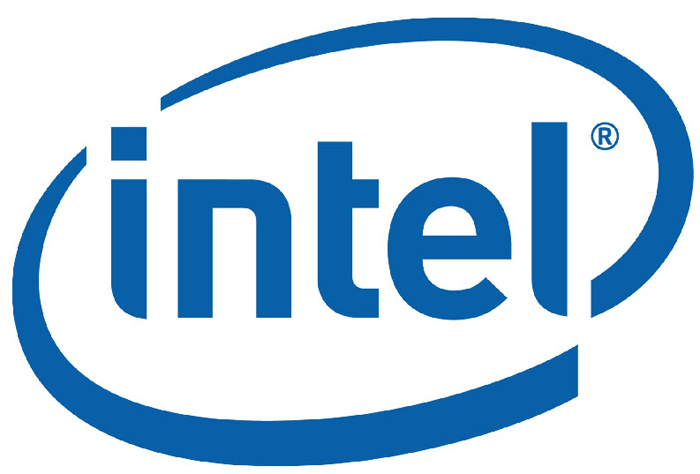For decades PC users have been getting processors made on finer and finer tech processes, which allowed manufacturers AMD and Intel to add more features to the chips as well as make more money. As you know, however, everything has an end and the end for silicon-based chips is closing in. The reason is very trivial – it gets really, really hard to make chips with finer tech processes simply because it is very expensive and more importantly the transistors used are getting as big as a few atoms. Can you really work with something that small?
This is the reason why Intel has been getting rather slow at implementing finer tech processes for its chips. While the Nehalem generation was made on 45 nm and Sandy Bridge reached 32 nm, the Ivy Bridge and Haswell generations were made on 22 nm. And now, although Intel already has two generations on 14 nm – Broadwell and Skylake – the US chip giant plans a third chip on the same 14 nm production process. Called Kaby Lake, the new processor generation is expected to appear later this year.
In year 2017 Intel plans to reach 10 nm with Cannonlake, but the company will stay there for a while. In year 2018 Cannonlake will be followed by Icelake and Tigerlake processors with both of them being made on 10 nm as well. The successor to Tigerlake will arrive in year 2020 and will utilize the even finer 5 nm production process. The name of this chip generation is unknown as of now, though.
It is interesting to see what happens after 5 nm but for all of us to find out Intel has to get there first, if this is possible at all.
Source: Guru3D.com
